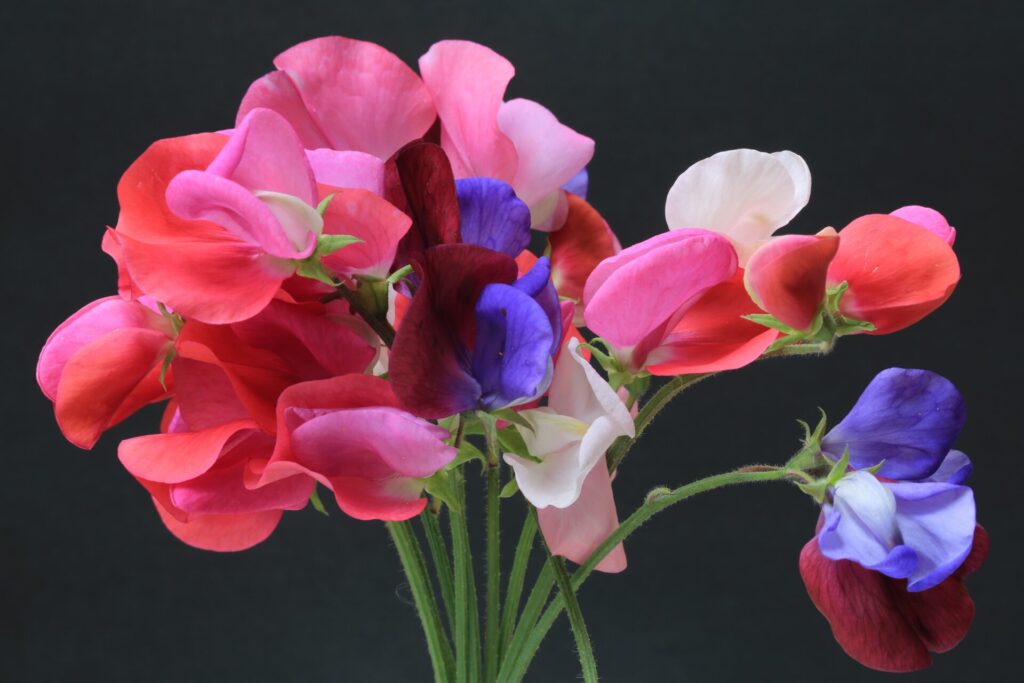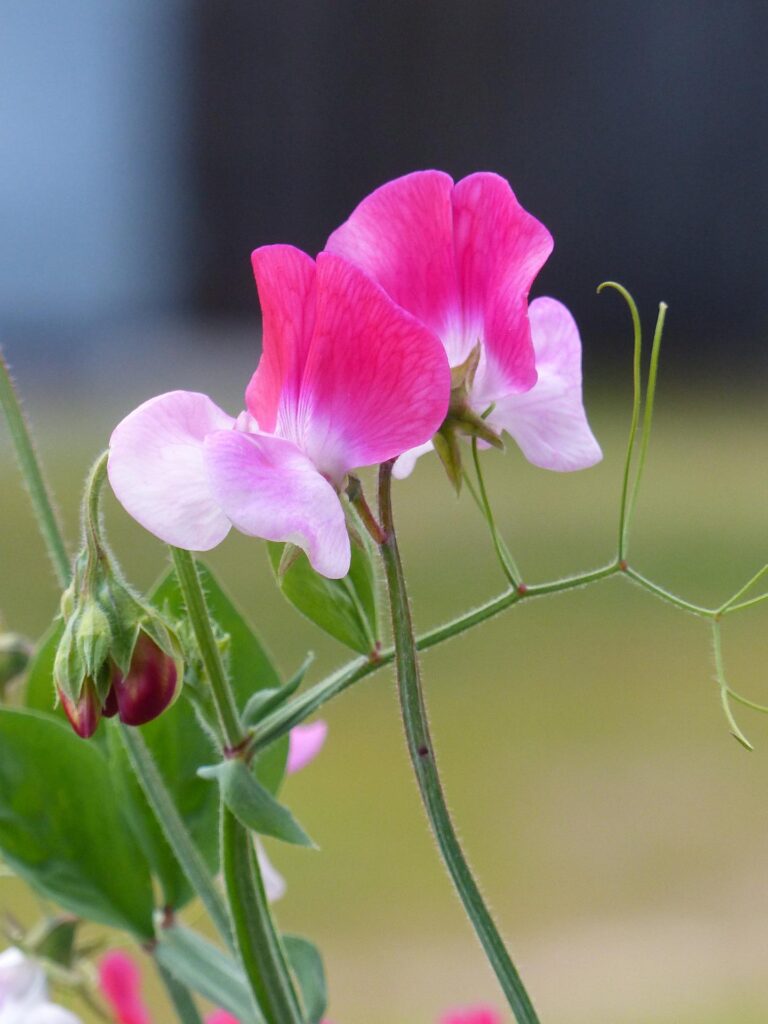
I’m hard-pressed to remember a year when it actually felt like spring on the first day of spring, but here I sit at my patio table writing this post and the sun is just beaming! If you’re like me, you’ve been wanting to scratch around in the garden since at least the beginning of March – maybe even February! I puttered about a bit last weekend, cleaning up the dead foliage off of some of my perennials – I leave most of it on over the winter, something we’ll talk more about in the fall. However, much to my surprise (how long will I have to garden here before I stop being surprised by the abrupt weather changes in Calgary?) a couple overnight lows of -8 and -10 and some very frosty mornings were a less-than-gentle reminder that my garden hasn’t relocated. Springtime on the eastern slopes of the Rockies is unpredictable and, without warning or preamble, brings killing cold temperatures, particularly overnight. Despite the daytime temptations, I caution you to resist the urge to uncover your emerging plants for another couple weeks. This isn’t the first time our plants have dealt with spring, and those who do peek out early are pretty hardy. I have a patch of tulips that, despite mulching, poke through in early to mid-March and are inevitably hit with hard frost. Somehow they seem to survive, but they aren’t much good for blooms… the buds freeze nearly every year. All perennials will still benefit from having that nest of debris for a little longer, not to mention the ladybugs that are still sleeping in the plant litter. We don’t want to disturb those helpful little insects.
What to do while we wait?
So, how can we satisfy this urge to get down and dirty – in our gardens, of course? Flowers – well, their seeds – that just love this weather, are sweet peas, and they should be planted now – mid-April. Sweet peas seeds need a period of cool weather to germinate, then warm south or west exposure through the summer to be at their best. Sweet peas are easily one of the most reliable flowers to grow by direct sow (plant the seeds directly in the ground), and certainly one of the most rewarding!
(Note: In my experience, sweet peas do not transplant well, although I recently found contradictory information on that point… but, starting seedlings indoors is unnecessary, and can even be counterproductive, particularly if your indoor set up is less than ideal.)

Sweet peas come in gorgeous colours of white, to lilac, to brilliant red. Their fragrance fills your garden! They make lovely cut flowers, although a little short-lived; and are beautiful grown vertically or horizontally. Plant them to climb a trellis over an unsightly wall; add colour and fragrance to a privacy screen; or let them ramble over shrubs and between plants as a ground cover.
If that isn’t enough to sell you on making space in your garden for these reliable performers, know that the more you pick them, the better they bloom! How often have you been torn between bringing your flowers inside to grace your dining table and leaving them in the garden to continue contributing to its beauty? With sweet peas you don’t have to choose. Once these lovelies go to seed, their bloom production cuts way back. So, to have blooms right through to frost, pick ‘em, pick ‘em, pick ‘em!

How to Grow Sweet Peas
- Select a southern or western exposure, east will do, but definitely not north
- Erect your trellis or tower, for a climbing vine
- Work the soil to loosen and break up heavy clods
- You can soak the seeds in warm water overnight to soften; or some recommend scarifying (scratching the surface of the seeds with sand paper to help open the hard husk) but I’m not sure either is necessary. Can’t hurt though. Coat in an inoculant to prevent the vines from drying and wilting – again, optional, but I’ve heard it helps and by mid-summer, the scraggy vines can take away from their beauty
- Dig a small trench in the prepared bed an inch or so deep
- Lightly water the trench
- Space the seeds approximately 1 inch apart – these can always be thinned as they start growing, but I have never done that and they haven’t suffered
- Cover with soil and press firmly (make good contact with the soil, but don’t hard-pack the soil).
- Keep moist, not wet, until seedlings emerge, then water as needed. Sweet peas are fairly drought tolerant, but their undergrowth becomes unsightly if left to dry out often. (I know this from first-hand experience…sigh)
- Be patient! Depending on how much warmth they have, sweet peas can be agonizingly slow to emerge, and you may think you bought stunted seeds. However, once they get growing, they grow quickly and are easy care.
Couple tips:
- Sweet pea seed pods are easily collected in the fall, dried, then planted in spring
- There is a wide selection of sweet peas – from heirloom to hybrids; perennial, annual and wild; multiple colours; some more fragrant than others; and varying heights. For a full “wall” of blooms, I often plant McKenzie Seeds Spencer Giant Mixture (tall) and Royal Family Mix (tall), and a Knee High (dwarf) variety, although I haven’t seen these around for a few years – maybe I’m just shopping in the wrong places
- Plant as soon as the soil can be worked – in an average year, this is usually the beginning to mid-April – sweet peas need a cold period (less than 15 degrees celcius) to germinate and may fail if planted when it is too warm
- Deadhead often to encourage continuous blooming – bring the blooms inside for a cheerful and fragrant bouquet
